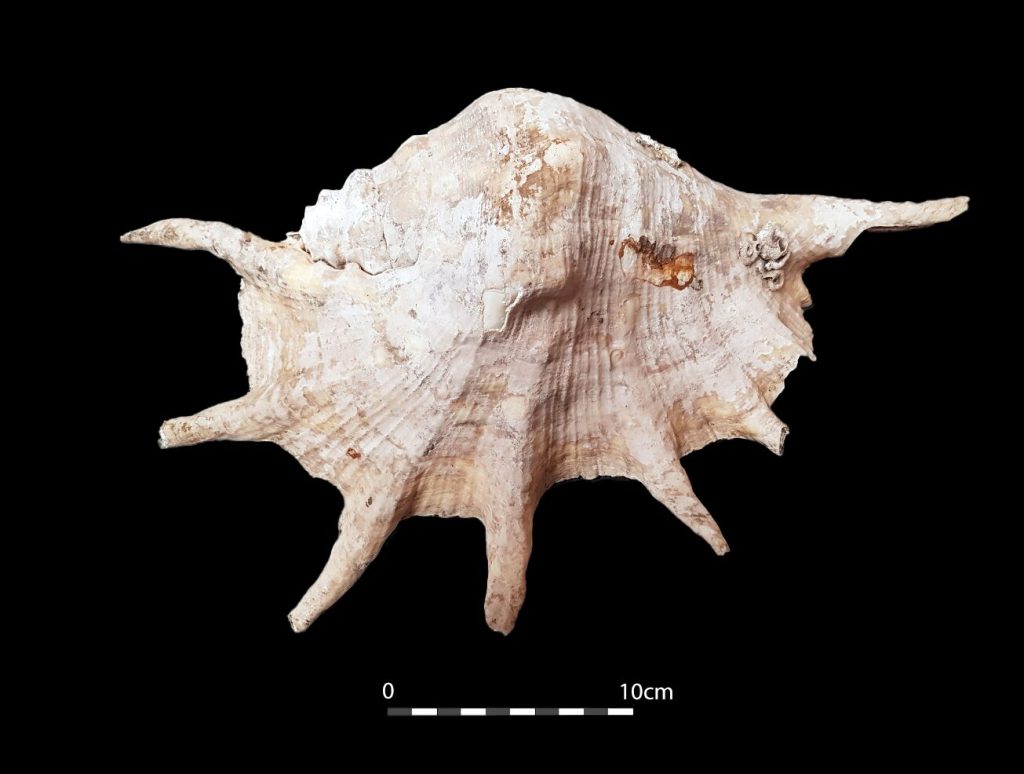
Back in May, field archaeologists Luke Hall and Anna Robson from PCA Durham had the pleasure of visiting St Helen’s Primary School in Hartlepool to talk about the excavations taking place on their school field ahead of construction of a new school building.
Luke and Anna led a whole-school assembly and delivered an in-depth object-handling session to Years 5 and 6. They shared site photographs, real artefacts, and historical sources to show the children what the excavation was uncovering, while also passing on their enthusiasm for archaeology and why it matters. During the object-handling session, pupils and teachers got stuck into object identification, working together to identify a selection of finds and place them on a timeline from youngest to oldest.
A particular highlight was the enthusiasm shown by the older pupils, some of whom are considering archaeology as a future career, and the excitement of handling real objects and some of the tools we use, like our trowels.
We’re grateful to Galliford Try and St Helen’s School for all their help in facilitating these outreach sessions.
































